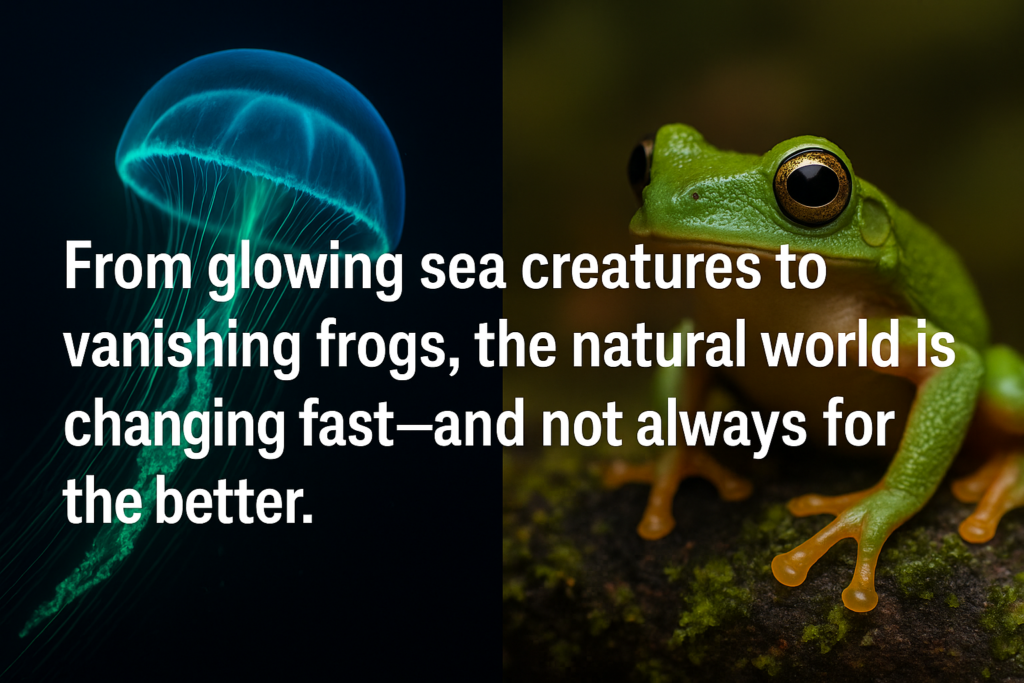
From glowing sea creatures to vanishing frogs, the natural world is changing fast, and not always for the better. Humanity is still uncovering Earth’s wildest secrets, but for every new discovery, another lifeform slips into oblivion. In 2025, the planet revealed some of its strangest and most awe-inspiring creatures, while also reminding us what we’ve already lost. From electric-blue tarantulas and glowing ants to extinct river dolphins and frogs seen only once, here are 36 stories that capture the beauty and fragility of the living world.
1. This Electric-Blue Tarantula Lives in the Treetops

In the tangled mangrove forests of southern Thailand, researchers came face-to-face with a tarantula so vivid it looks more like a gemstone than a predator. Chilobrachys natanicharum, described in 2024, flashes with electric-blue legs and a metallic sheen across its body, a color produced not by pigment, but by microscopic hair structures that reflect blue wavelengths of light. Stretching up to five inches across, this arachnid isn’t just beautiful, it’s unusual. Unlike most tarantulas in its genus, which live in underground burrows, this one prefers the treetops, spinning silk-lined retreats inside palm trunks and mangrove hollows.
Even more surprising is its environment. It survives in a hot, humid, brackish tidal zone where few spiders dare to venture. The discovery was confirmed through genetic sequencing and detailed anatomical analysis, and scientists now believe it may be the only known tarantula adapted to coastal mangrove ecosystems. But its brilliance comes with risk. Demand in the exotic pet trade has already raised concerns, and coastal development threatens the very trees it depends on. Conservationists hope its dramatic appearance will help draw attention to an overlooked and vanishing biome, as well as one of the most dazzling spiders ever documented.
2. Meet the Ghost Octopus Found Four Miles Deep
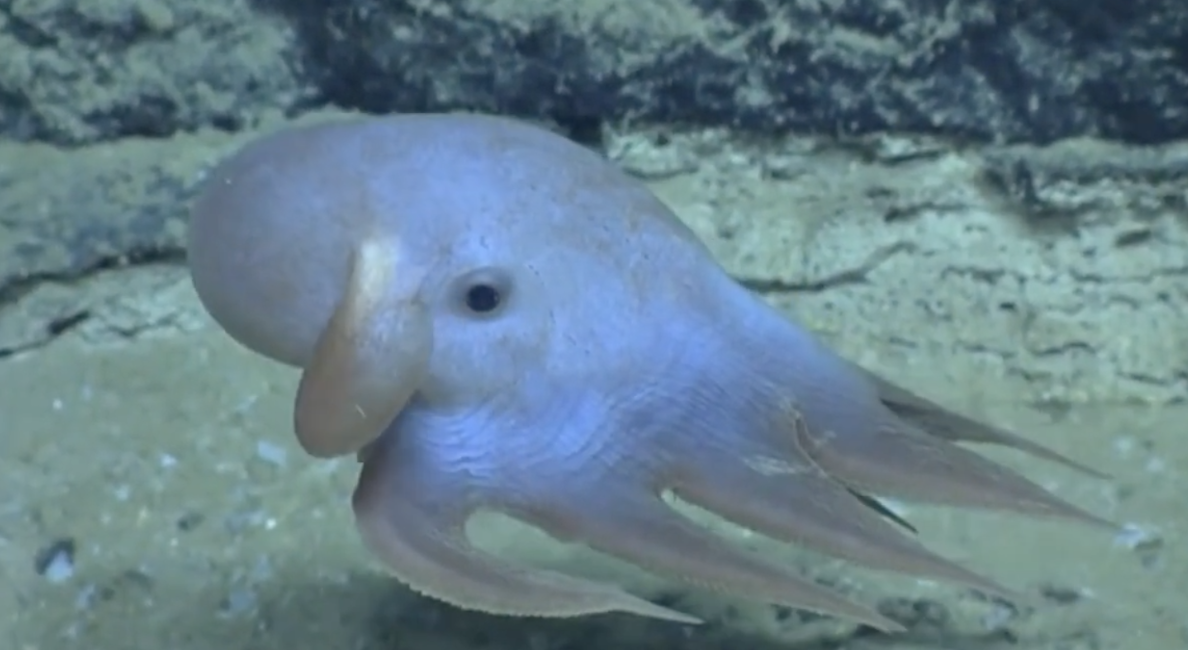
Over four miles beneath the surface of the central Pacific Ocean, a pale figure drifted into view like something out of a dream. Caught on camera in 2023 by a deep-sea probe operated by the Ocean Exploration Trust, the translucent octopus hovered just above the seafloor, flapping its rounded fins in slow, rhythmic pulses. With its large, ear-like appendages, it resembled Disney’s Dumbo, earning its nickname “dumbo octopus.” But this individual was different. In 2025, scientists officially named it Grimpoteuthis imperator, confirming it as a brand-new species and the deepest-living octopus ever recorded, seen at over 22,800 feet below the surface.
Unlike its shallow-water relatives, G. imperator has no ink sac and no need for bright colors in the pitch-black environment. Its gelatinous body is adapted to survive immense pressure, and its fins act like wings, allowing it to hover and drift while hunting for worms and small crustaceans. Genetic sampling revealed it is distinct enough to occupy its own branch within the dumbo octopus family tree. The discovery not only deepens our understanding of life in the hadal zone, but it also hints at how many creatures may still be hiding in the unlit corners of the ocean. In a place where pressure flattens steel, this fragile, winged shape moves with effortless grace.
3. This Devil Orchid Smells Like Death to Survive

High in the misty cloud forests of the Andes, researchers came across a flower so strange it nearly went unnoticed. Nestled among moss and bark, the blossom was small, waxy, and deep maroon in color. But its scent was impossible to ignore. It gave off the distinct odor of decaying meat, a strategy to attract flies as pollinators. Named Telipogon diabolicus, this newly described orchid from Colombia was officially recognized in 2024, and its sinister fragrance isn’t even its most dramatic feature. At the heart of the flower is a central structure shaped like a tiny red devil, complete with horn-like protrusions, giving the species its ominous name.
Despite its unsettling traits, the orchid is a botanical marvel. It belongs to a group known for growing in near-vertical, nutrient-poor habitats and relying on deception to reproduce. The plant mimics the visual and chemical cues of carrion to lure flesh-loving insects that unknowingly spread its pollen. It is so rare that scientists have only found one known population, growing along a single stretch of mountain trail at 10,000 feet above sea level. Listed as critically endangered at the moment of its discovery, T. diabolicus may be as fleeting as it is fascinating, a natural trickster that appeared just in time to be named.
4. You Can See This Frog’s Heart Through Its Skin
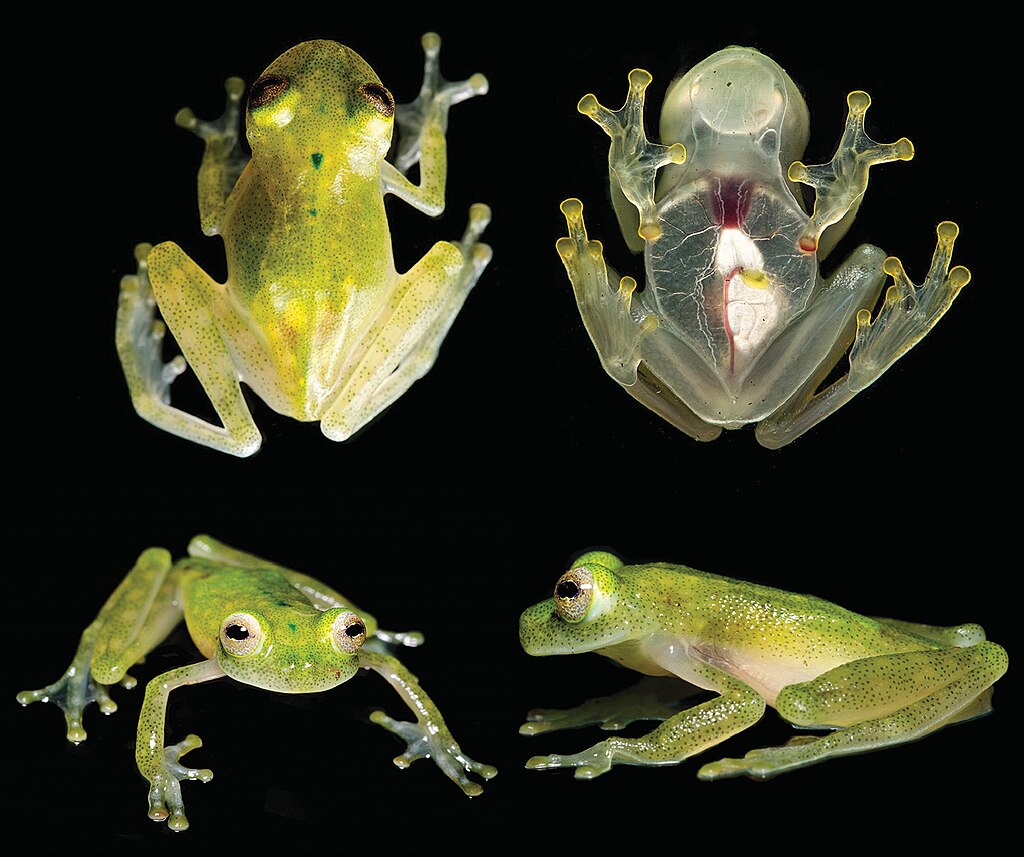
In the Amazonian foothills of eastern Ecuador, scientists recently uncovered a frog so transparent it looks like a medical diagram come to life. Named Hyalinobatrachium yaku, this minuscule amphibian belongs to the elusive glass frog family. From above, it appears a simple leafy green, perfectly camouflaged among the wet foliage. But from below, its body is astonishingly clear. Through the skin of its belly, you can see its heart beating, along with the outlines of the liver, intestines, and other internal organs, all visible without dissection.
Measuring less than an inch long, H. yaku was discovered during a 2024 biodiversity survey along fast-moving jungle streams. Males are fiercely territorial, guarding clutches of jelly-like eggs laid on leaves overhanging water. Their call is high-pitched and sharp, easily lost in the ambient noise of the rainforest. The frog’s translucent underbelly may help obscure its silhouette from predators watching from below, a camouflage technique still being studied. Though the region where it was found is biologically rich, it faces growing pressure from oil development and road expansion. Scientists worry that without swift protection, this remarkable frog could disappear before we understand just how it works.
5. A Blind, Ghostly Beetle Found Deep Underground

Far beneath the limestone surface of western Slovenia, in a cave so deep that sunlight has never touched it, scientists recently identified a beetle that has evolved in near-total isolation. Officially named Duvalius abyssimus, this newly described species is completely blind, lacks pigmentation, and measures just over a quarter of an inch long. It was found more than 1,000 feet underground in 2025 during a survey of subterranean biodiversity. Its body is pale and slightly waxy, an adaptation that helps retain moisture in the cave’s humid air, while its elongated legs and ultra-sensitive antennae allow it to navigate the darkness with precision.
What makes this beetle truly fascinating is how dramatically it has diverged from its surface-dwelling relatives. With no light, it has abandoned eyes entirely and has lost all color. These changes are examples of regressive evolution, losing unnecessary traits to conserve energy in a harsh, nutrient-poor environment. It likely feeds on minute bits of organic material washed in from the surface, including bat droppings and decomposing cave insects. Scientists believe it reproduces slowly and may live unusually long for an insect. Because it occupies such a narrow ecological niche, even subtle disturbances, like changes in airflow from tourism or mining, could destroy its entire world.
6. This Jewel-Toned Spider Was Just Discovered in India
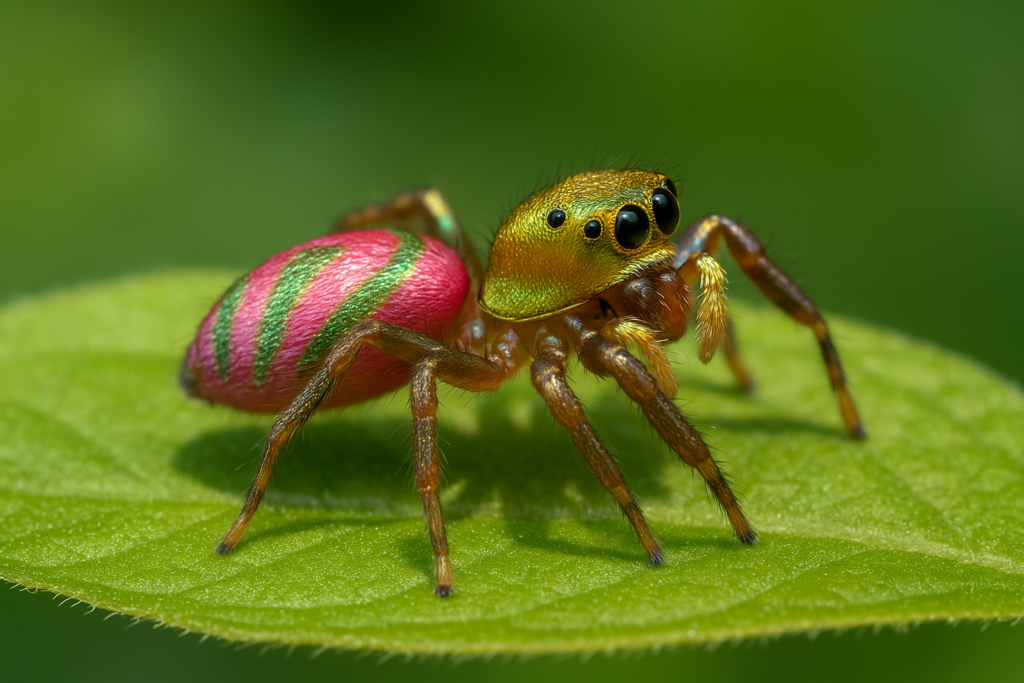
Tucked beneath damp leaf litter in the Western Ghats of southern India, a spider no bigger than a grain of rice flickers like a neon jewel in the forest shadows. Described in 2025, Phintella lajuma is a newly named species of jumping spider characterized by a shimmering pink abdomen, iridescent green stripes, and reflective golden facial markings that give it a look more akin to jewelry than a predator. It belongs to a group known for keen eyesight and acrobatic hunting skills. Rather than weaving webs, this spider stalks its prey and launches with precision, sometimes leaping more than ten times its body length.
Its bright coloring may serve multiple functions: dazzling potential mates, helping the species recognize one another, or mimicking toxic beetles to deter predators. Found during a microfauna survey in a dense evergreen patch, this spider is part of an ecosystem teeming with undiscovered invertebrates. The Western Ghats are a UNESCO World Heritage site and one of the most critical biodiversity hotspots in the world; however, roads, farming, and development are increasingly fragmenting them. Without continued protection, scientists warn that countless species like P. lajuma could vanish before we even know their names.
7. Brazil’s Newly Found River Dolphin Is Already at Risk

In the muddy, winding waters of Brazil’s Araguaia River, researchers have confirmed something remarkable: a species of freshwater dolphin that had quietly evaded scientific recognition for decades. Officially described in 2025 as Inia araguaiaensis, this pale pink cetacean was long mistaken for the Amazon river dolphin, or boto. But DNA analysis and skull measurements revealed key differences, including a more robust body shape and a narrower skull. At about 6.5 feet in length, it is slightly smaller than its better-known cousin. It lives exclusively in the Araguaia-Tocantins river system, isolated from other populations by natural barriers and dams.
Unlike marine dolphins, these river dwellers rely heavily on echolocation to navigate the sediment-rich water and locate fish in near-total darkness. They have poor eyesight, flexible necks, and a hauntingly quiet presence, often surfacing with barely a ripple. Scientists estimate there may be fewer than 1,000 individuals, making the species vulnerable from the start. Its habitat is under pressure from hydroelectric projects, boat traffic, and agricultural runoff. The discovery of Inia araguaiaensis is a rare case where a large mammal was hiding in plain sight, but also a sobering reminder of how quickly such discoveries can become extinction alerts.
8. This Volcano Snail Has Real Metal Armor
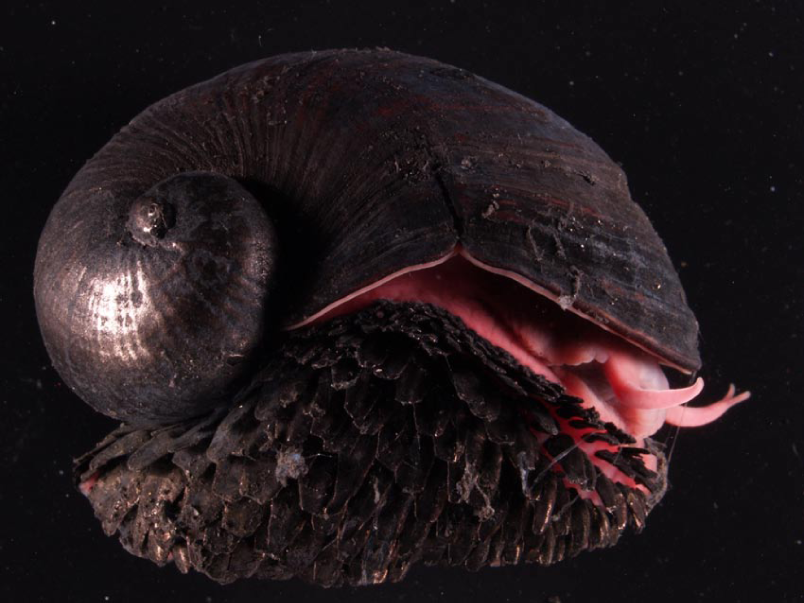
On the mineral-crusted slopes of Mount Apo, the tallest volcano in the Philippines, scientists have discovered a relative of one of the world’s strangest creatures: a snail that coats itself in metal. This newly identified species, described in 2025, is a close cousin of the scaly-foot gastropod, Chrysomallon squamiferum, previously known only from hydrothermal vents deep in the Indian Ocean. But this volcanic variant lives in terrestrial geothermal springs, where temperatures can exceed 140 degrees Fahrenheit, and it appears to have evolved similar armor-like adaptations. Its shell, though smaller, contains traces of iron sulfide, and its foot is covered in dark, overlapping scales that shimmer like hematite.
The snail survives in boiling runoff pools that would kill most animals. It lives among sulfur-rich rocks and feeds on bacteria that convert chemical energy into food, a process known as chemosynthesis, which is more commonly found in deep-sea ecosystems. Scientists are fascinated by the possibility that this land-based form evolved its defenses independently, a case of convergent evolution in one of the harshest environments on Earth. Because geothermal zones are limited and sensitive to disturbance, this armored snail may already be endangered. Its discovery offers an incredible glimpse into life’s ability to mirror itself in the most unlikely corners of the planet.
9. This Carnivorous Plant Can Digest Small Animals

In the mist-drenched highlands of Borneo, scientists in 2024 documented a towering carnivorous plant that challenges everything we think we know about the food chain. Named Nepenthes maximoides, this newly described pitcher plant has traps that are nearly a foot tall and wide enough to swallow far more than just insects. Researchers have found bones, fur, and feathers inside some specimens, suggesting that small birds, frogs, and even rodents may fall victim to the plant’s deadly design. It doesn’t actively hunt, but it doesn’t have to. With its deep maroon pitchers and sweet, fermenting scent, it draws prey in and digests them slowly.
This species grows only on remote mountaintops over 6,000 feet above sea level, in soil so poor it relies on flesh to survive. Its slick, downward-pointing hairs prevent escape, and its digestive enzymes can break down complex proteins over the course of days. The plant was discovered during a survey by the University of the Philippines, and scientists believe it may be one of the largest and most aggressive species in the Nepenthes genus. Its existence also highlights the fragility of its habitat, which is under increasing pressure from climate change and illegal logging. If this highland hunter disappears, it will take with it one of the most extreme examples of botanical adaptation ever recorded.
10. This Japanese Mushroom Glows Like a Forest Nightlight
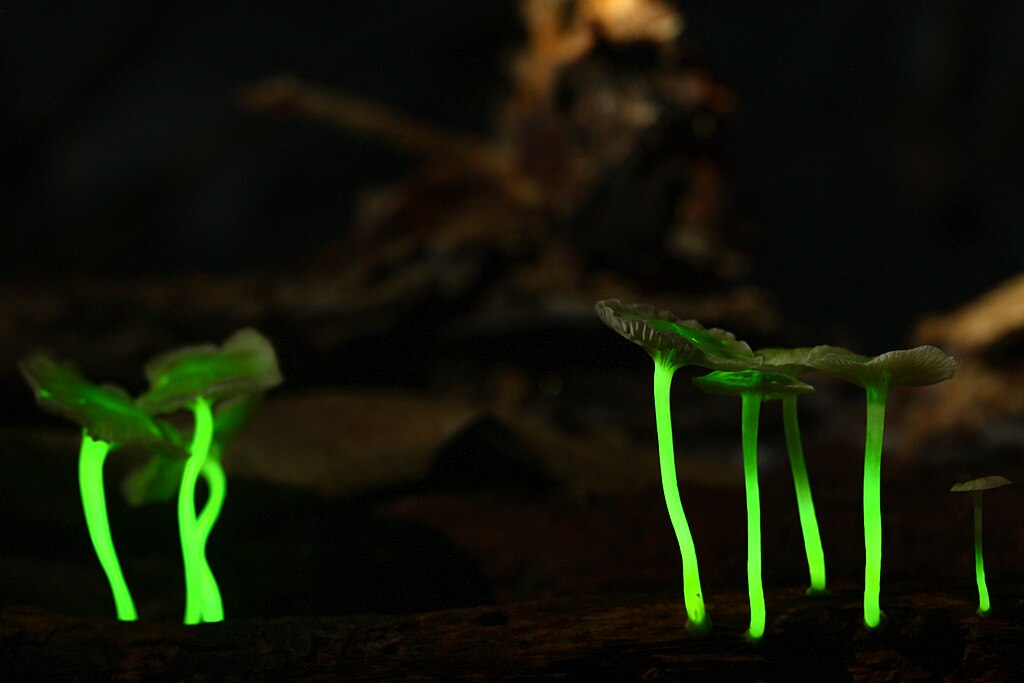
In the shadowy forests of southern Japan, researchers stumbled upon a fungus that glows like a row of tiny lanterns, casting a soft green light from the underbrush. Officially named Mycena luxuriosa and described in 2024, this newly discovered mushroom emits a steady bioluminescent glow that’s visible to the naked eye. Growing on decaying logs and forest debris, its caps are no bigger than a fingernail, yet entire colonies can softly illuminate patches of woodland. The light comes from an enzymatic reaction involving luciferase and luciferin, the same biochemistry that powers fireflies and some deep-sea fish.
Unlike most bioluminescent fungi, which only glow faintly or under certain conditions, M. luxuriosa appears to glow continuously. Scientists believe the light may serve an ecological purpose, such as attracting insects that help disperse spores, or warning predators away from its potentially toxic tissues. What sets this species apart is not only its brightness, but the precise conditions in which it thrives: moist, cool, and nearly untouched forests in a region already under pressure from human development. Its discovery has inspired new research into sustainable lighting and bio-inspired technology, proving that sometimes, the future is already glowing beneath our feet.
11. This Ancient Striped Gecko Lived Hidden for 30 Million Years
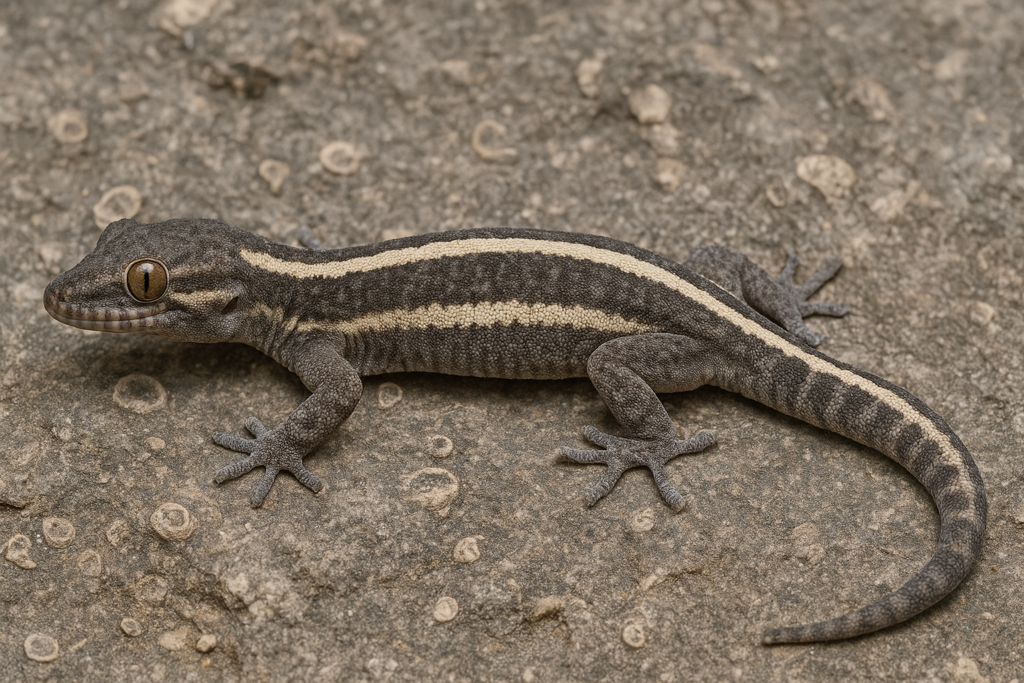
It took a helicopter, a rock hammer, and a little luck to find the gecko no one knew was missing. In 2025, researchers exploring the crumbling limestone cliffs of New Caledonia’s west coast spotted a slender lizard darting between sun-warmed crevices. It was unlike anything in the local field guides, charcoal gray, with bold cream-colored stripes running head to tail, and bark-textured skin that perfectly matched the fossil-laced stone. When they finally caught one, they realized this was something entirely new: Bavayia crypta, a species of striped gecko that had likely been hiding in plain sight for millions of years.
What makes this discovery so remarkable isn’t just the gecko’s looks, but its lineage. Genetic analysis suggests it diverged from its closest relatives over 30 million years ago, around the time early whales were still adapting to life in the sea. It clings to sheer rock faces and hunts at dusk, vanishing into cracks too narrow for predators or people during the heat of the day. The area it inhabits is barely a few square miles and is already under pressure from mining operations. That makes B. crypta not only newly discovered but also critically endangered. One scientist called it “a ghost from Earth’s deep past, still walking around today.”
12. This UV-Glowing Ant Was Found in Madagascar’s Caves
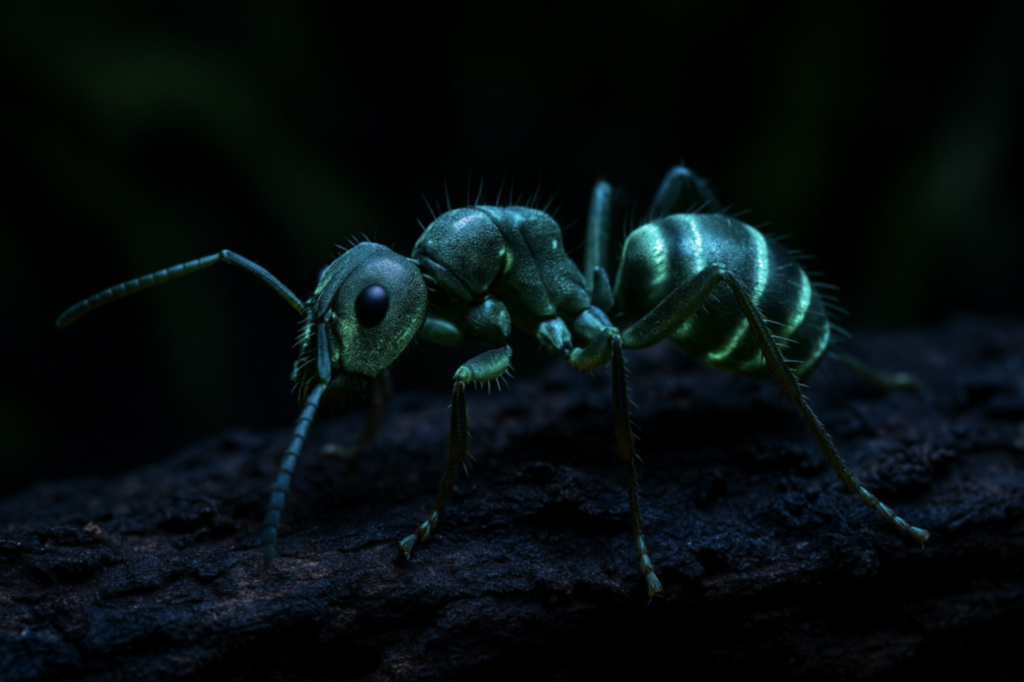
In the jagged limestone labyrinths of northern Madagascar, scientists have uncovered an ant with a talent more often seen in deep-sea creatures than land insects. Named Tetramorium ultravioletae, this newly described species, confirmed in 2025, appears nearly invisible under normal light. But shine ultraviolet light on its exoskeleton and it lights up with a soft, otherworldly glow. The effect isn’t due to bioluminescence, but structural reflection, microscopic patterns in its cuticle that bounce back UV wavelengths, possibly as a form of communication or camouflage within its pitch-dark cave environment.
The ants live in the Ankarana karst system, a surreal landscape of razor-sharp limestone spires and deep underground caverns. Rather than nesting in soil or wood, they build colonies in cool, shaded crevices where little light penetrates. Observations show individuals tapping their antennae together in rapid, deliberate sequences, leading researchers to speculate that the UV reflectivity may enhance visibility in low-light conditions. The species measures less than a quarter inch long, but its discovery has sparked large questions, about how social insects evolve in total darkness, and whether ultraviolet signaling could be a common but overlooked trait in other cave dwellers. In a country where biodiversity is vast but vanishing, T. ultravioletae may be one of the strangest and most fragile finds yet.
13. This Spotted Stingray Was Just Found in a South American River
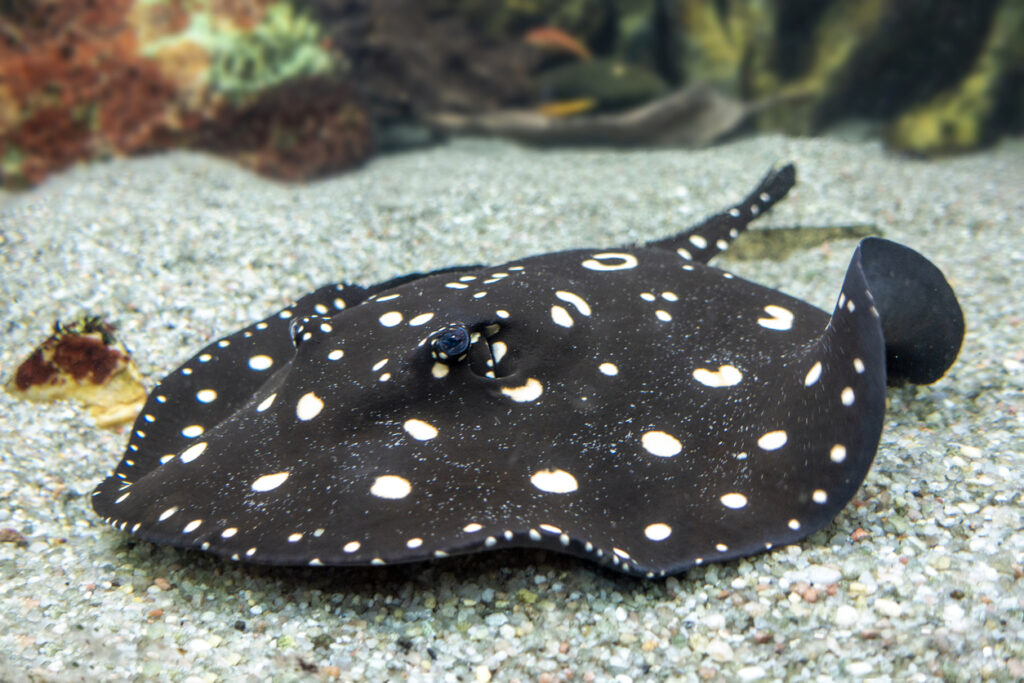
In the swirling brown waters of the Río Branco, which snakes through Brazil and northern South America, scientists uncovered a stingray so visually distinct it seemed impossible it hadn’t been named before. Officially described in 2025 as Potamotrygon albimaculata, this striking freshwater ray sports a jet-black body peppered with bright white spots, earning it the nickname “the dalmatian ray” among researchers. It can reach nearly two feet in diameter and glides just above the silty riverbed like a living shadow, nearly invisible until it moves.
Although stingrays are often associated with oceans, South America is home to a surprising variety of freshwater species. What sets P. albimaculata apart is not only its appearance, but its genetic makeup and highly localized range. It lives in a section of the river that experiences seasonal floods, creating temporary lakes and flooded forests where it likely breeds. Until now, it had been mistaken for closely related species due to overlapping ranges and similar body shapes. With increasing deforestation and waterway pollution in the Amazon basin, researchers warn that discoveries like this may be fleeting, an eye-catching marvel that reminds us how little we still know about the rivers that shape a continent.
14. This Coral Survives Heat—and May Save Our Reefs
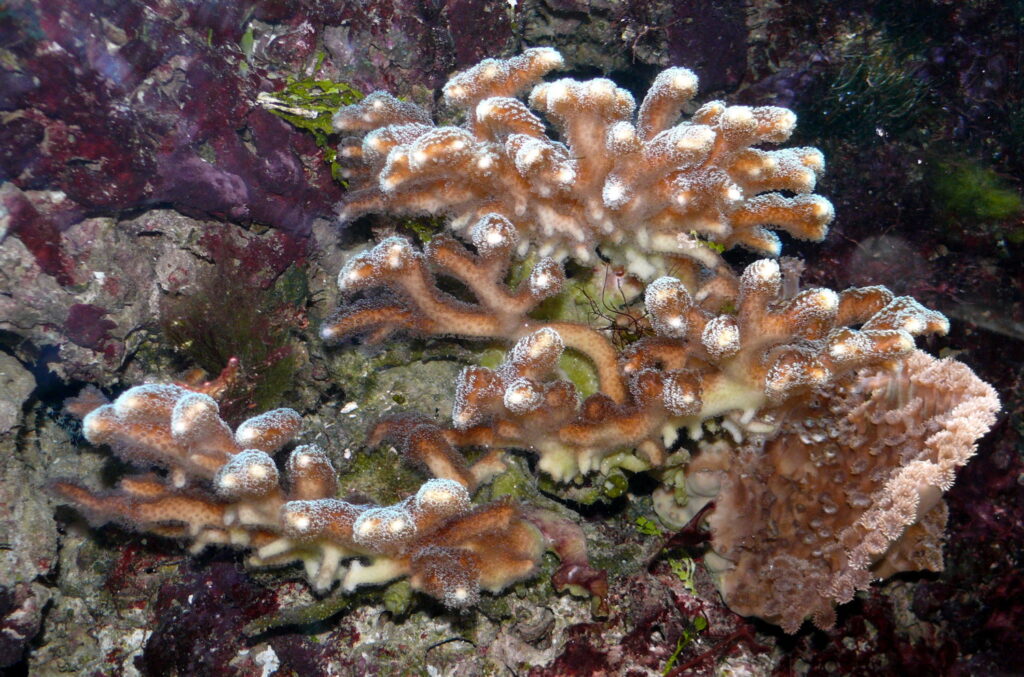
Off the coast of Saudi Arabia in the northern Red Sea, divers have identified a new species of coral that could offer hope in a rapidly warming world. Named Stylophora danae and described in early 2025, this branching coral thrives in waters that regularly exceed 85 degrees Fahrenheit, temperatures that bleach or kill most reef-builders elsewhere. Unlike other members of the Stylophora genus, this species forms tighter, more compact colonies with thicker branches that resist thermal stress. Its unique symbiotic algae are also more heat-tolerant, allowing the coral to continue photosynthesizing even in extreme conditions.
The discovery was part of a long-term study on coral resilience conducted by researchers from King Abdullah University of Science and Technology (KAUST). DNA analysis confirmed that S. danae is genetically distinct from its Red Sea neighbors, and possibly evolved in response to this region’s harsh environmental conditions. While many coral reefs around the globe are suffering mass die-offs, this one is thriving, raising cautious optimism about breeding or transplanting its relatives into more vulnerable areas. But even this coral is not immune to pollution and ocean acidification. Its survival may depend on how quickly we act to protect the very waters that helped shape it.
15. This Moth Pollinates a Flower No One Could Catch on Film
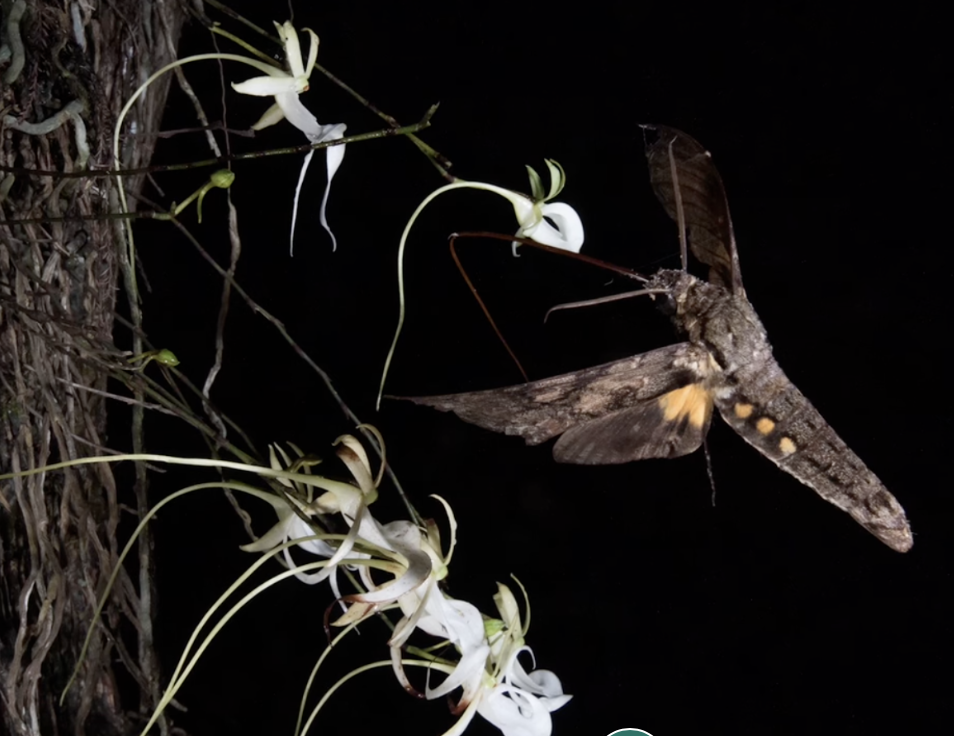
In the humid depths of the Florida Everglades, scientists finally caught something on video that had eluded them for decades: a moth pollinating the legendary ghost orchid. This rare and otherworldly flower (Dendrophylax lindenii) blooms high in the cypress canopy and looks like it’s floating in midair. For years, researchers debated what pollinated it; most assumed it was the giant sphinx moth, based on circumstantial evidence. But in 2023, remote night-vision cameras captured a different insect doing the job: a moth from the genus Pachylia, previously not suspected.
The footage, taken at Fakahatchee Strand Preserve, shows the moth unfurling its long proboscis to sip nectar from the ghost orchid’s deep floral tube, brushing its body against the flower’s pollen sacs in the process. This breakthrough not only corrected a century-old botanical mystery but also revealed how fragile the orchid’s survival truly is. The moth’s exact range is limited, and its presence is linked to specific temperatures and plant hosts. If it vanishes, the ghost orchid might, too. In the battle to save both species, a hidden camera provided scientists with a rare glimpse into an invisible ecological bond.
16. Tiny Pygmy Seahorse Discovered in Coral Triangle Reefs
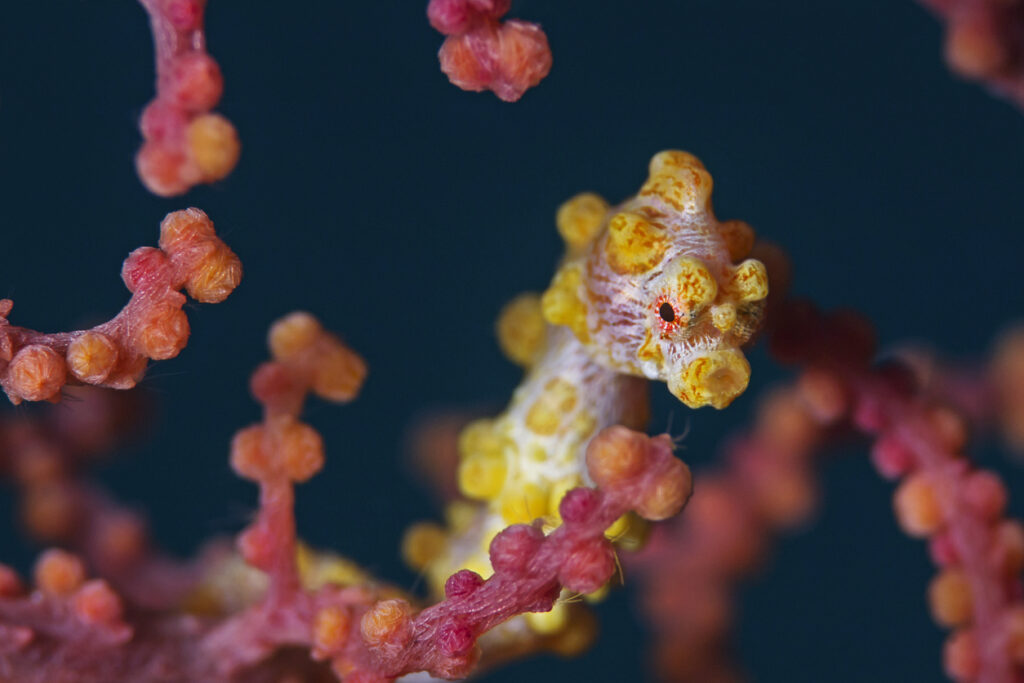
Off the coast of southeast Indonesia, nestled in the branches of gorgonian coral, scientists have described a new species so tiny and camouflaged that it evaded detection for decades. Named Hippocampus satomiae, this pygmy seahorse measures just half an inch long and blends so seamlessly with its coral host that it looks more like a polyp than a vertebrate. Described in 2024, divers first spotted it in the remote Raja Ampat archipelago, an area known for some of the richest marine biodiversity on Earth.
Unlike its larger cousins, this seahorse doesn’t swim freely. Instead, it clings to coral fans with its prehensile tail and sways with the current to avoid predators. Its body is covered in tubercles that mimic the coral’s polyps, giving it a dappled texture that changes slightly with age and diet. It feeds on microscopic crustaceans and plankton, using a long, straw-like snout to slurp up prey. Its discovery highlights just how little we know about reef microfauna and how vulnerable these niche creatures are to coral bleaching and reef destruction. As coral colonies disappear, so do the secrets they shelter, including this whisper-small horse of the sea.
17. Blind Cave Spider Found in Texas Is Unlike Any Other
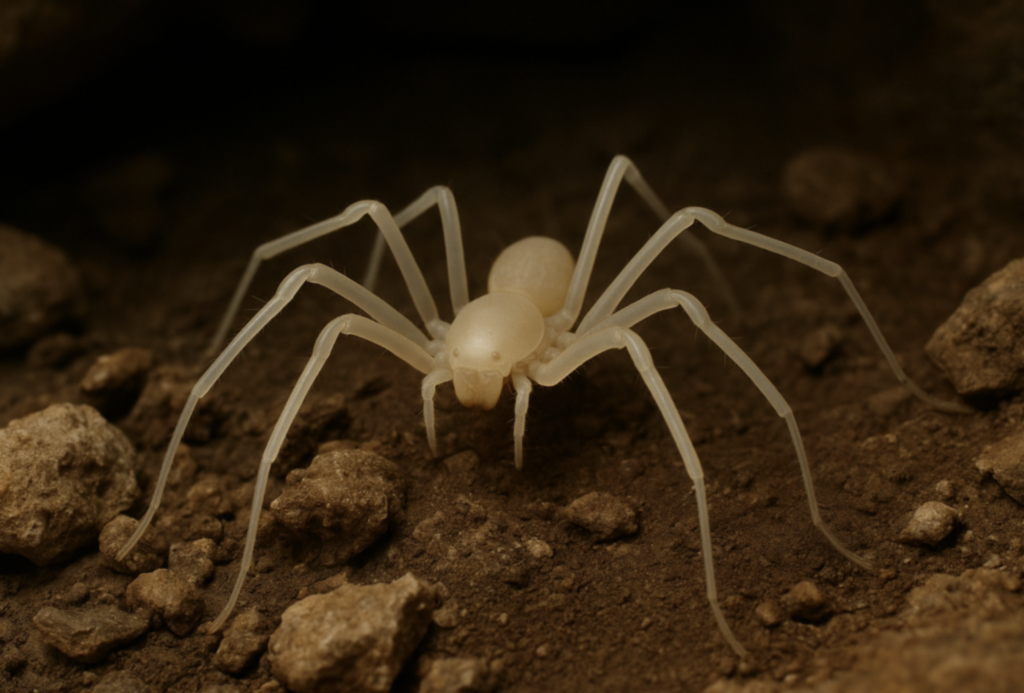
Deep in the limestone caves of central Texas, biologists recently confirmed a new arachnid that might as well have come from another planet. Named Tayshaneta fawcetti, this pale, eyeless spider measures barely a tenth of an inch and lives in total darkness beneath the Edwards Plateau. Discovered during a 2025 biological survey aimed at mapping underground biodiversity near San Antonio, the spider has no pigmentation, no functional eyes, and thread-thin legs adapted to feel its way through narrow rock fissures.
What makes T. fawcetti remarkable isn’t just its appearance, but how highly specialized it is for cave life. It never leaves the underground system and is likely to have evolved in isolation for millions of years. Instead of webs, it uses sticky silk strands to detect vibrations and snare springtails and other tiny invertebrates that drift through the air or crawl across stone. Because it’s limited to a few known cave systems, even slight disruptions like groundwater pollution or nearby construction could wipe it out. This spider is a living artifact of Texas’s underground world, a ghost of evolution visible only to those who know where to look.
18. Borneo’s Ninja Slug Uses Love Darts to Reproduce
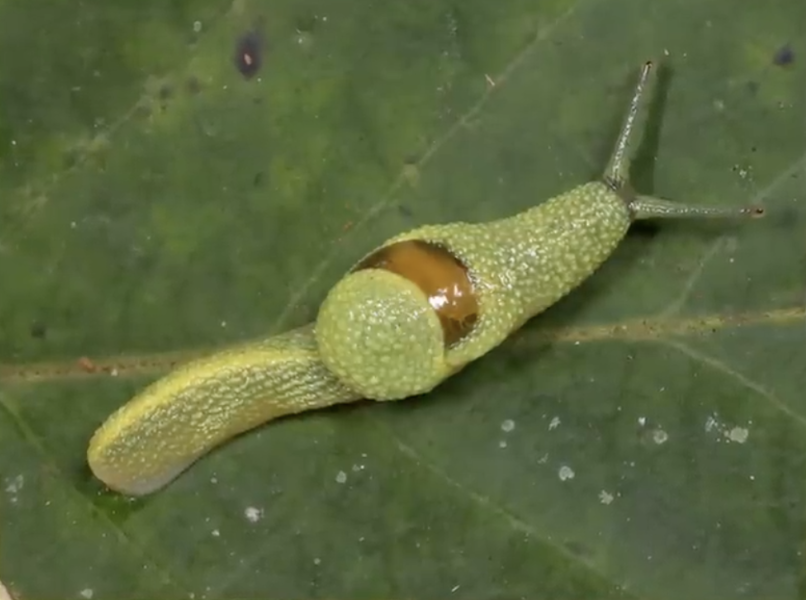
In the dripping rainforest caves of Malaysian Borneo, scientists discovered a slug with one of the most bizarre mating rituals on Earth. Officially named Ibycus rachelae, this bright green slug was described in 2025 and quickly earned the nickname “ninja slug” for its stealthy movements and surprising weaponry. When mating, the slug fires microscopic, calcium-carbonate darts into its partner’s body, a practice known as “love darting,” believed to deliver hormones that increase reproductive success.
But this is no ordinary dart-thrower. I. Rachelae has a tail more than twice the length of its body, thought to help anchor it on slippery cave walls during mating. It feeds on fungi and decaying plant material, slowly rasping at the surface with its radula. Its long tail, vivid color, and highly specific habitat, wet limestone walls deep in Borneo’s karst systems, make it one of the most distinctive gastropods found in recent years. Its reproductive behavior is both brutal and oddly beautiful, a reminder that evolution doesn’t just happen in the daylight.
19 Species Lost or Declared Functionally Extinct
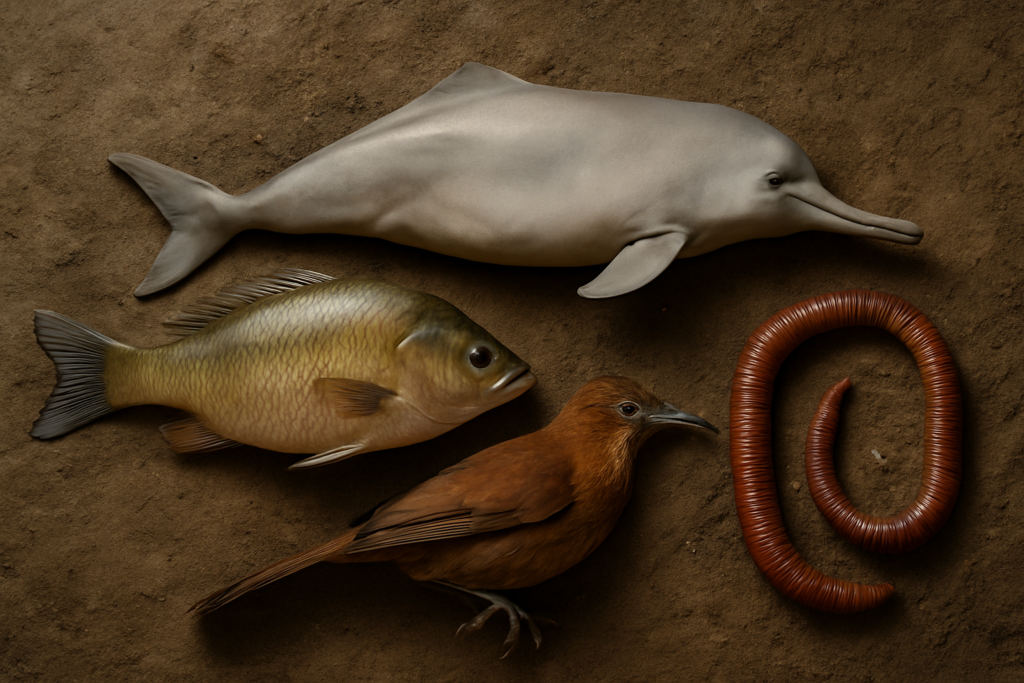
Even as we celebrate new species found in the wild, the other side of the story is harder to face. Across the globe, animals and plants are disappearing some quietly, some with headlines, but all with lasting impact. These 19 species, declared extinct or functionally extinct in recent years, represent entire evolutionary paths that have been cut short. Some were gone before we could study them, while others dwindled in full view, undone by habitat loss, invasive species, or climate change. Their stories are more than scientific records; they’re cautionary tales about what happens when action comes too late.
1. This Bright Red Poison Frog Has Vanished for Good
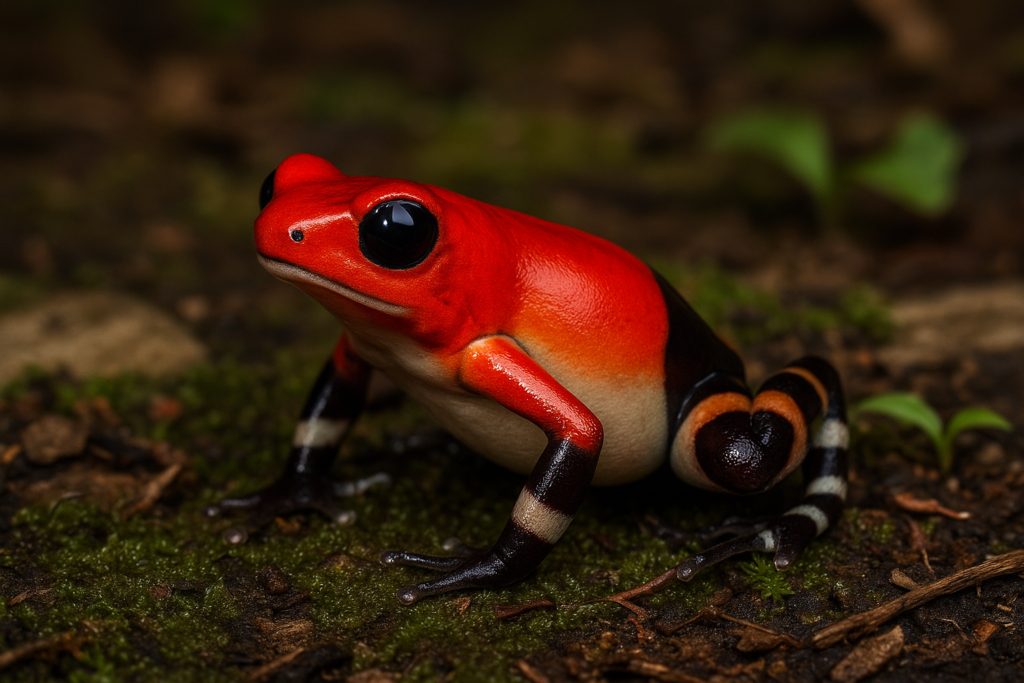
Once flashing through Panama’s tropical forests like a moving ember, the splendid poison frog (Oophaga speciosa) is now officially extinct. Recognized for its brilliant red-orange skin and toxic secretions, this species lived only in a small mountainous region on the country’s Caribbean slope. It relied on the cool, moist microclimates created by old-growth forests. It laid its eggs in rain-filled bromeliad pools, where the tadpoles fed on unfertilized eggs provided by the mother, a rare and complex form of parental care among amphibians.
Its disappearance was sudden and brutal. Deforestation chipped away at its habitat, but the real blow came from the chytrid fungus (Batrachochytrium dendrobatidis), a disease sweeping through amphibian populations worldwide. By the early 2000s, researchers could no longer find breeding populations, and the IUCN declared it extinct in the wild by 2020. With no known individuals in captivity, O. speciosa is gone forever, a stark warning about how fast even the most vibrant species can vanish in a warming, diseased world.
2. A Salamander So Rare It Was Never Seen Again
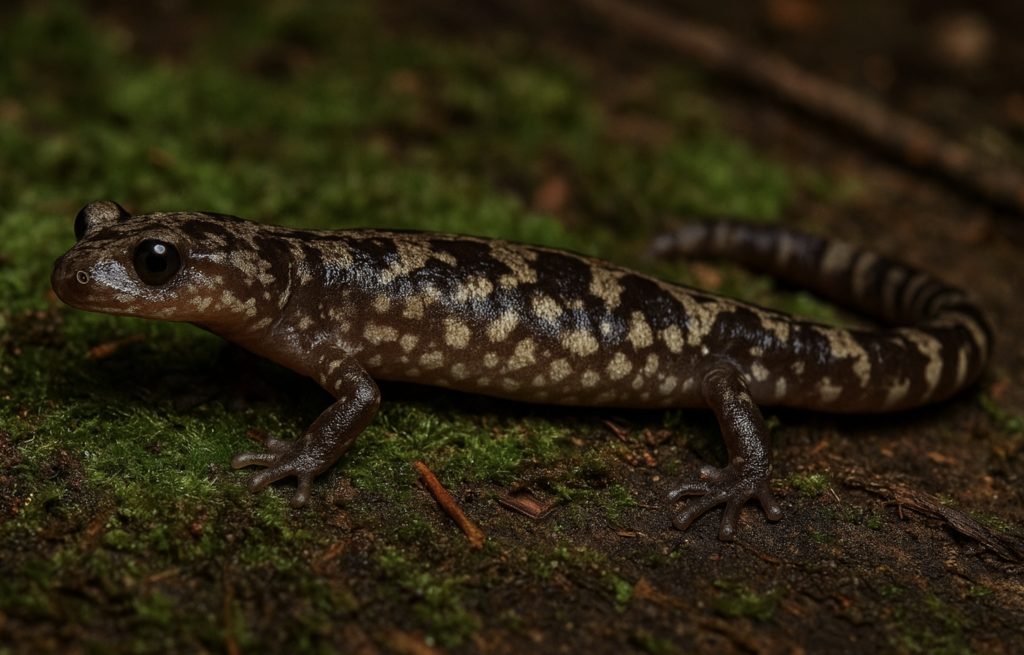
Hidden in the cool, moist pine-oak forests of eastern Guatemala, the Jalpa false brook salamander (Pseudoeurycea exspectata) was a small, reclusive amphibian that few people ever saw, and now, no one ever will. This lungless salamander, about four inches long, breathed through its skin and lived under leaf litter and decaying logs, where it fed on tiny insects and worms. It was last seen in 1975, shortly after scientists first described it. Despite decades of targeted surveys in its known habitat around the town of Jalapa, no individuals have been rediscovered.
Experts believe its extinction was caused by rapid deforestation and habitat degradation in the region, mainly due to agricultural expansion, logging, and the harvesting of firewood. Because it had such a limited range and specific environmental needs, even small ecological changes may have been catastrophic. Its vanishing was officially confirmed in 2025, placing it among a growing list of Central American salamanders lost before their life histories could be fully understood. It’s now held up as a tragic example of “centinelan extinction,” the loss of a species so rare it disappears before we can even study it.
3. Only One Giant Softshell Turtle Remains—and He’s Alone
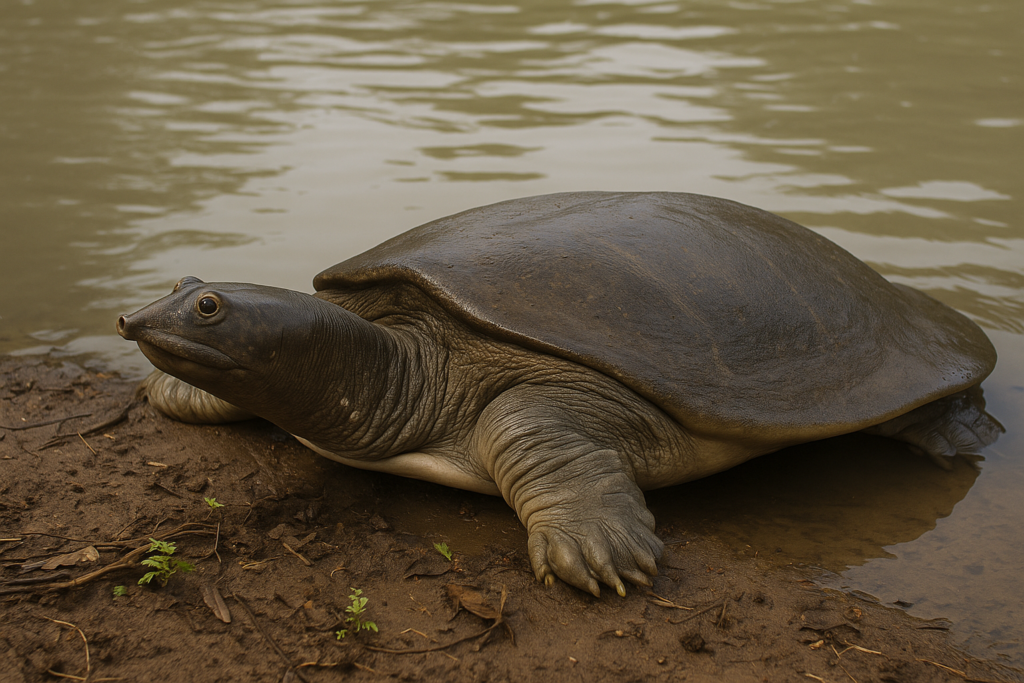
The Yangtze giant softshell turtle (Rafetus swinhoei) was once revered in Chinese and Vietnamese folklore as a sacred creature of rivers and lakes, a living relic from the age of emperors and dragons. With a leathery shell stretching over 30 inches and weighing up to 220 pounds, it is one of the largest freshwater turtles on Earth. But this ancient species has now crossed the threshold into functional extinction. As of 2025, only one known male remains, residing in a zoo in China. The last known female died in 2019 after a failed artificial insemination attempt, leaving the species with no reproductive future.
For decades, habitat destruction from dam construction, pollution, and overfishing ravaged its native range in the Yangtze River and northern Vietnam. The turtle’s shy behavior and muddy camouflage made it difficult to study in the wild, and by the time conservationists realized how few remained, the gene pool had collapsed. Despite international rescue efforts and cloning discussions, experts admit the chances of saving the species are now vanishingly slim. In cultural tradition, the turtle symbolized longevity and wisdom, but its real-life story has become one of irreversible loss.
4. The Lost Shark That Disappeared Before We Knew It
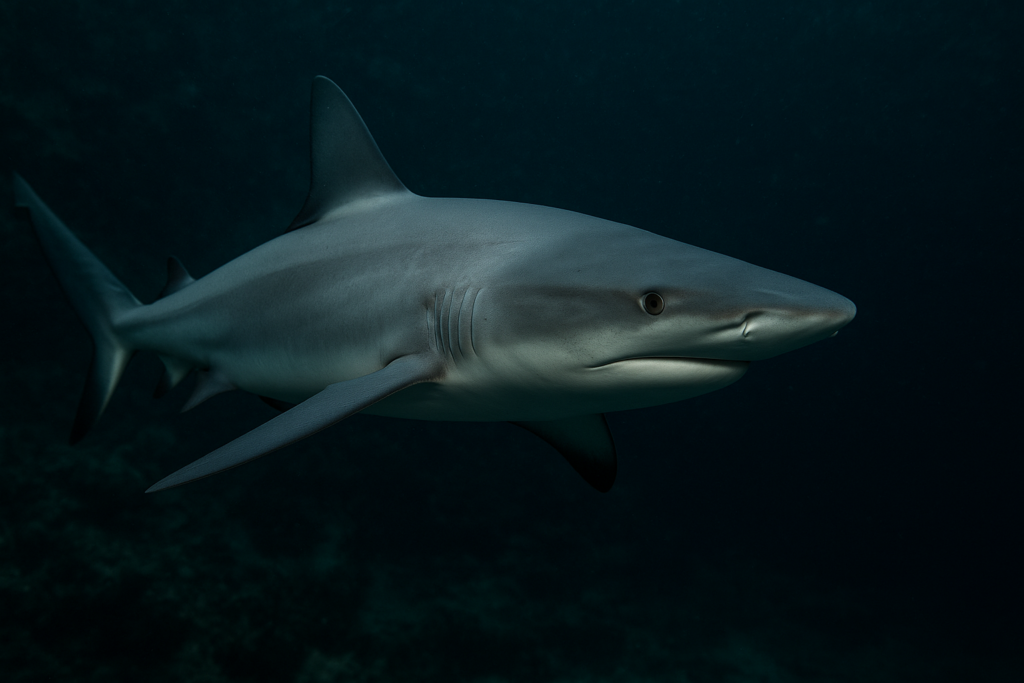
Officially named the “Lost Shark” (Carcharhinus obsoletus), this little-known species lived in the shallow coastal waters of the South China Sea. They may have vanished before scientists could even study them properly. First identified in fish market specimens from Borneo in 2019, the shark was already in deep trouble. Described as small-bodied, blunt-nosed, and reaching just under three feet in length, it was once a common bycatch in commercial fisheries. But since the early 2000s, no confirmed sightings or specimens have been recorded in the wild.
The shark’s decline is blamed on intense overfishing in one of the world’s most heavily exploited marine regions. Its habitat spans some of the most biologically rich, but poorly regulated, waters, where bottom trawling, longlines, and reef destruction are routine. Scientists officially designated it as Critically Endangered (Possibly Extinct) in 2020, and by 2025, with all surveys turning up empty, many now consider it gone. What makes the story especially haunting is that we still know so little about it. No living photo was ever taken. Its behavior, diet, and ecology remain a mystery, making the Lost Shark a rare case of extinction without ever having known the species in life.
5. This Hawaiian Songbird Was Doomed by Mosquitoes
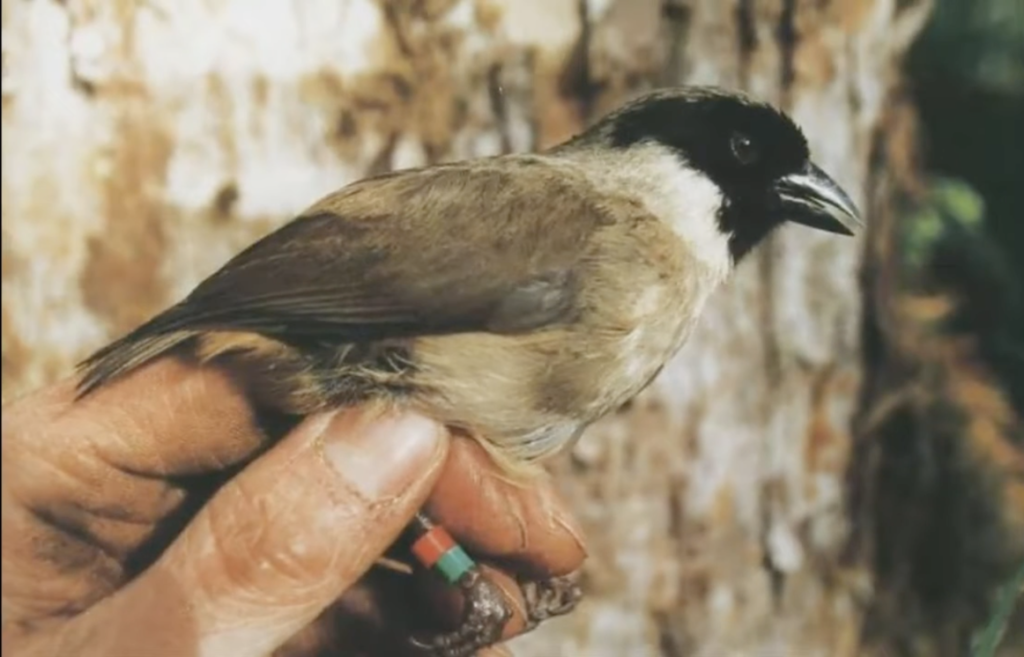
Once fluttering through the misty canopies of Maui’s Hana rainforest, the Poo-uli (Melamprosops phaeosoma) was a small brown songbird with a distinctive black mask and a gentle, piping call. It was first discovered in 1973 and was already considered rare, confined to a narrow slice of high-elevation forest on the island’s eastern flank. Unlike other Hawaiian honeycreepers, it had a unique diet of tree snails, insects, and native fruits, making it ecologically irreplaceable. But by the late 1990s, fewer than a handful remained.
Despite heroic conservation attempts, including captive breeding programs and efforts to reunite the last three known individuals, reproduction never occurred. Habitat loss, invasive species like feral pigs and mosquitoes, and diseases such as avian malaria devastated its chances of survival. In 2004, the last known Poo-uli died in captivity. For years, its extinction remained unofficial while hopeful surveys continued. But in 2025, it was formally declared extinct. The bird’s disappearance adds another somber note to the chorus of vanished Hawaiian wildlife, and a powerful reminder of the fragility of island ecosystems.
6. The Catarina Pupfish Is Gone—and So Is Its Spring

Native to a single desert spring system in northeastern Mexico, the Catarina pupfish (Megupsilon aporus) once darted through crystal-clear waters no larger than a suburban swimming pool. Barely two inches long and shimmering with iridescent silver and blue, it lived in the quiet shallows of the San Fernando Basin, an oasis in the parched Tamaulipas desert. But its entire world was smaller than a soccer field, making it one of the most range-restricted fish species on the planet, and one of the most vulnerable.
By the early 1990s, groundwater pumping and agricultural expansion dried up its spring, leaving the species extinct in the wild. A handful of individuals were kept alive in captivity, but by the 2010s, most breeding programs had collapsed due to genetic bottlenecks and disease. In 2024, the last known individuals died, and by 2025, the species was declared entirely extinct. The Catarina pupfish’s demise is a chilling example of what happens when human water use overtakes even the most isolated and delicate ecosystems. It’s not just a loss of a fish, it’s the erasure of an entire evolutionary lineage in a matter of decades.
7. This Tiny Catfish Vanished from Ohio Without a Trace

Once native to the murky streams of central Ohio, the Scioto madtom (Noturus trautmani) was a tiny, bottom-dwelling catfish that most people never knew existed. Measuring just two inches long, it had a flattened body, pale belly, and a dusky stripe down its back. It preferred slow-moving, silty waters along the Scioto River system and was first discovered in 1943. But even then, it was considered extremely rare, only a few specimens were ever collected.
For decades, biologists searched in vain for the elusive fish. Habitat degradation from damming, dredging, and pollution decimated its preferred riverbed niches. No confirmed sightings have occurred since 1957. After exhaustive surveys failed to turn up a single individual, the U.S. Fish and Wildlife Service officially declared the Scioto madtom extinct in 2024. What makes its loss especially tragic is how little we knew about it, its behaviors, breeding habits, and ecological role remain a mystery. It’s a vanishing act that played out in silence, just beneath the surface, in the heart of the American Midwest.
8. Sea-Level Rise Wiped Out This Coral Island Rodent
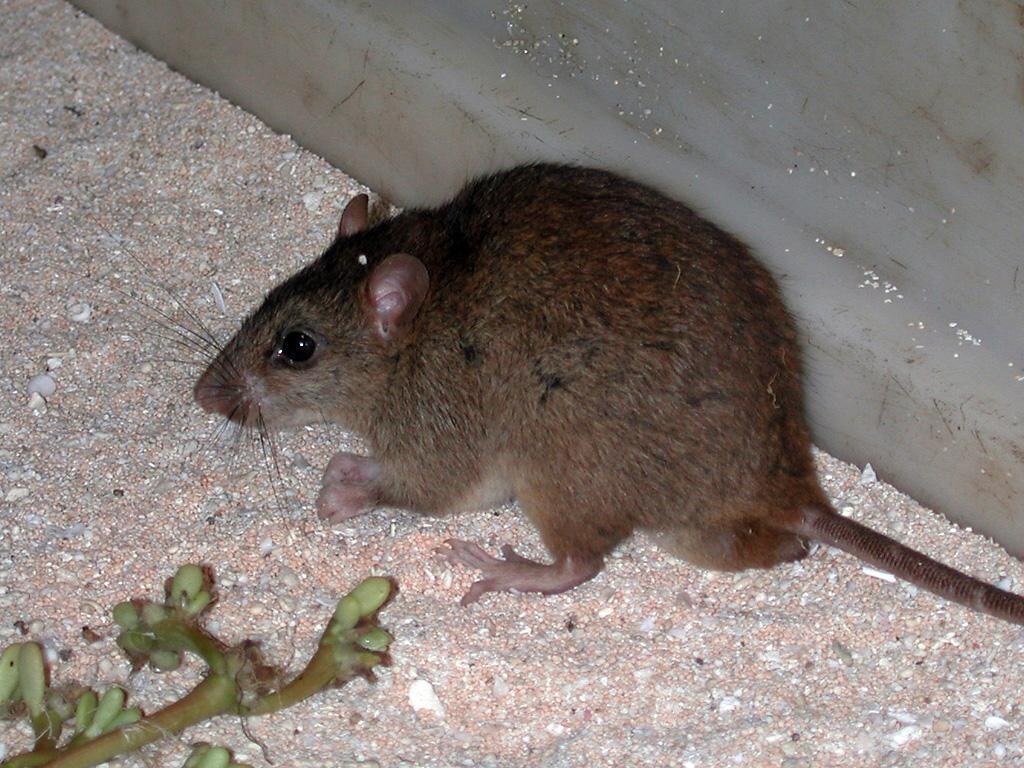
The Bramble Cay melomys (Melomys rubicola) once scurried through the low vegetation of a tiny coral island at the northern tip of Australia’s Great Barrier Reef. Weighing less than half a pound and resembling a russet-colored rat, this rodent was the only mammal species endemic to the reef. It lived exclusively on Bramble Cay, a vegetated sand islet just 1,100 feet long and 500 feet wide, barely enough land to support a population.
As climate change intensified, rising sea levels and increasingly frequent storm surges began inundating the cay, destroying the melomys’ habitat and food sources. By 2009, only a handful were spotted, and despite extensive surveys, none were found after 2014. In 2016, Australia officially declared the species extinct, marking the first documented mammal extinction caused directly by climate change. It serves as a haunting preview of what sea-level rise could mean for countless coastal species around the world, vanishing not with a bang, but with the quiet, salty advance of the tide.
9. The Parrot from Rio Can’t Survive in the Wild
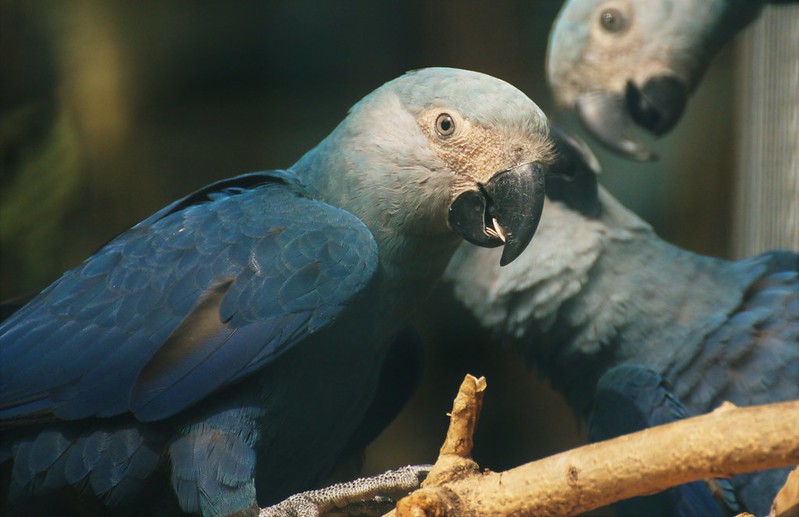
Famous for its striking sky-blue feathers and piercing call, the Spix’s macaw (Cyanopsitta spixii) once glided through the dry forests of northeastern Brazil. This slender parrot, about the size of a crow, lived along seasonal rivers lined with caraibeira trees, where it nested in hollows and foraged on native fruits and seeds. But habitat loss from ranching, logging, and drought decimated the region, while the illegal pet trade put further pressure on its dwindling population.
By the early 2000s, the Spix’s macaw had become extinct in the wild, with its numbers reduced to fewer than 100 individuals in captivity. Despite a high-profile release effort in 2022, wild sightings remain rare, and the birds struggle to reestablish without major forest restoration. The species became a symbol of extinction in modern times, immortalized by the animated film Rio, yet its story isn’t over. Scientists and conservationists continue to breed the macaws in managed programs, hoping one day they’ll fly wild again. For now, the wild skies it once colored remain heartbreakingly empty.
10. This Tiny Bat Went Silent—And We Let It Happen
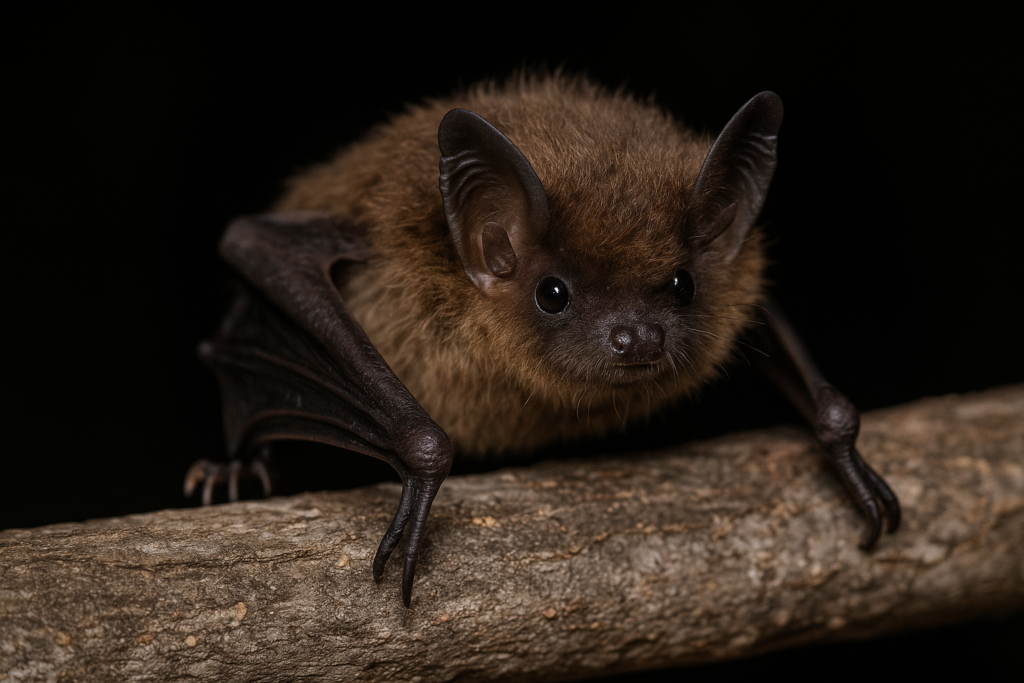
Tiny, insectivorous, and no larger than a human thumb, the Christmas Island pipistrelle (Pipistrellus murrayi) once flitted through the night skies over its remote namesake island in the Indian Ocean. This bat was the island’s only native mammal, and its high-frequency calls once echoed across rainforest canopies as it hunted mosquitoes and other small insects. However, as invasive species such as feral cats, yellow crazy ants, and predatory wolf snakes were introduced to the island, the pipistrelle population declined significantly.
By 2006, scientists realized the bat was in trouble. A last-ditch rescue effort was launched in 2009, but despite coordinated attempts to capture and breed the last known individuals, the mission failed. The final bat was last heard via acoustic monitoring in August 2009, and it has not been heard again. Declared extinct shortly after, the pipistrelle’s loss was excruciating because it was entirely preventable. It stands as a symbol of conservation inaction, a tiny voice silenced not by nature but by hesitation.
11. Cats and Rats Wiped Out This Forest Thrush
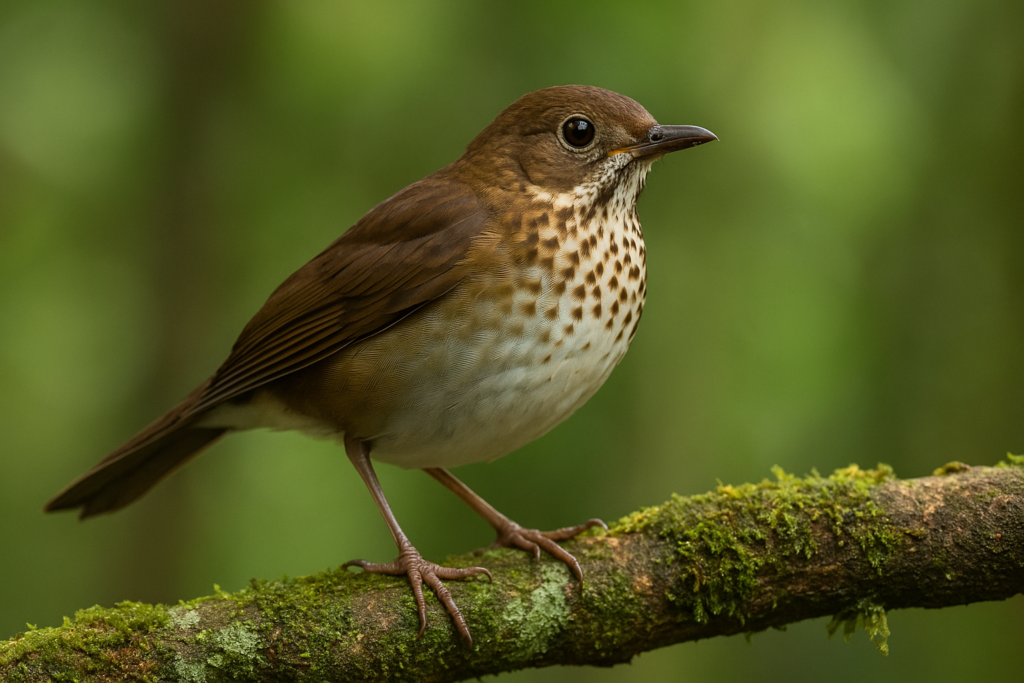
Once a secretive singer of the damp montane forests, the Réunion forest thrush (Zoothera borbonica) was a reclusive bird found only on the remote volcanic slopes of Réunion Island in the Indian Ocean. It was similar in size and shape to a small robin, with olive-brown plumage, speckled underparts, and a soft, fluting call that echoed through the undergrowth. The bird was rarely seen but often heard, thriving in high-altitude thickets with dense leaf litter and mossy ground.
But as humans settled the island, so did their companions. Feral cats, black rats, and mongooses spread rapidly and began preying on the birds’ eggs and young. Habitat loss from sugarcane plantations further reduced its already limited range. By the 1980s, sightings became increasingly rare, and despite exhaustive surveys, no individuals were found after the 1990s. The thrush was quietly declared extinct in the wild, one more island species undone by the arrival of invasive predators and unchecked development.
12. The Northern White Rhino’s Only Hope Is Science
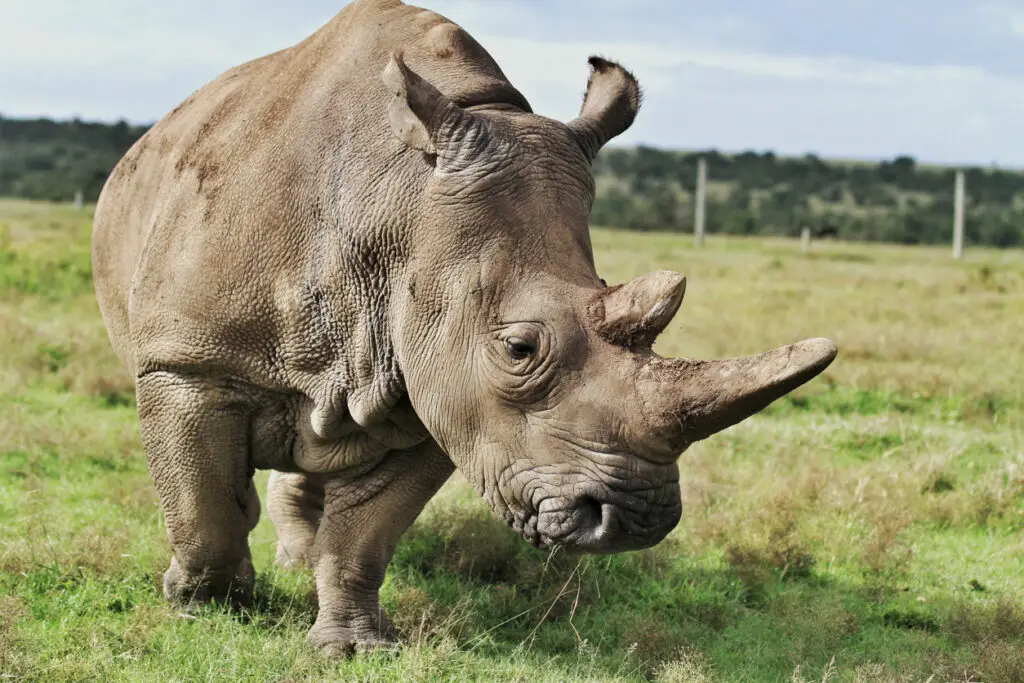
Towering over six feet at the shoulder and weighing more than 4,000 pounds, the northern white rhinoceros (Ceratotherium simum cottoni) once roamed the grasslands of Central Africa in large, thundering herds. But relentless poaching for their horns, combined with political instability across their range, pushed them to the brink faster than conservation efforts could catch up. By the early 2000s, the species was gone from the wild entirely.
Today, only two individuals remain—Najin and Fatu, both females—living under 24-hour armed guard at Kenya’s Ol Pejeta Conservancy. With no surviving males, natural reproduction is impossible, making the species functionally extinct. Yet there’s a sliver of hope. Scientists have collected and frozen viable sperm from deceased males and are attempting in vitro fertilization using southern white rhino surrogates. It’s a last-ditch experiment in de-extinction, and one of the most high-stakes reproductive challenges ever attempted. For now, the northern white rhino lives on as both a biological relic and a symbol of how human greed can erase even the mightiest creatures.
13. This Rare Goby Vanished from a Philippine Lake
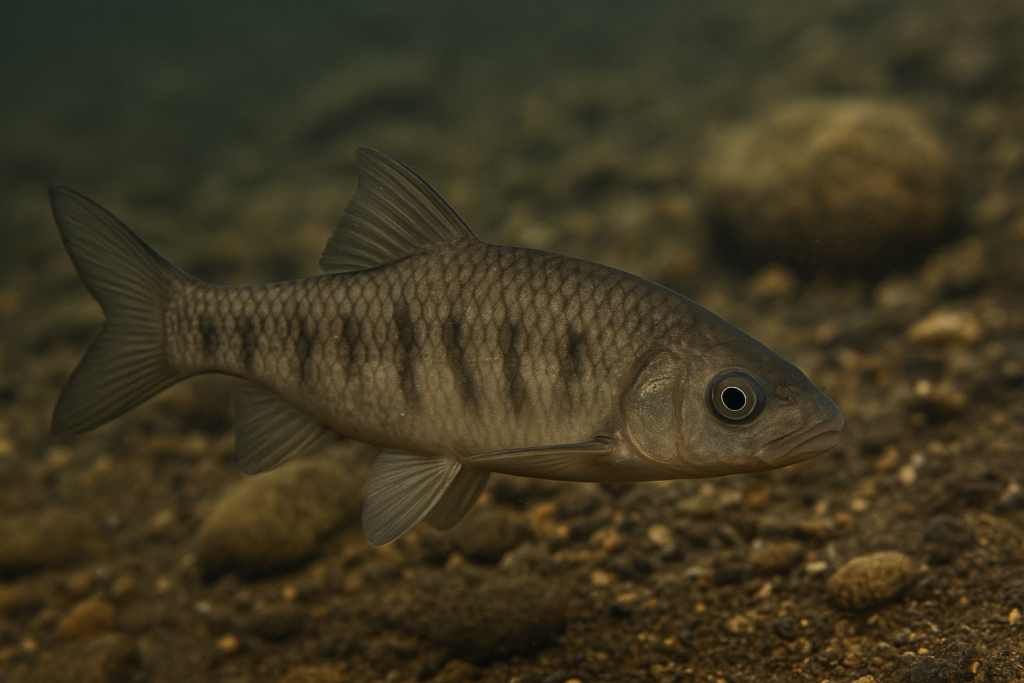
In the cool, deep waters of Lake Lanao in the Philippines, a unique group of freshwater gobies once thrived, found nowhere else on Earth. Among them was Barbodes herrei, a small, bottom-dwelling fish that played a vital role in the lake’s food web. Measuring just a few inches long with dusky coloration and a downturned mouth perfect for foraging in sediment, this goby was one of more than a dozen endemic species in the lake, part of a rare evolutionary radiation comparable to Darwin’s finches in Galápagos or cichlids in Africa’s Great Lakes.
But by the early 2000s, this ecological wonder began to collapse. Invasive species, such as tilapia and snakehead fish, were introduced to boost fishing yields, outcompeting and preying on the native gobies. Deforestation around the watershed added runoff and silt, disrupting the lake’s clarity and chemistry. Despite being one of the world’s most concentrated examples of freshwater fish diversity, nearly all of Lake Lanao’s endemic gobies are now considered extinct, including B. herrei. It’s a sobering loss not just of a species but of an entire evolutionary story, one that unraveled in plain sight without a single preserved habitat or global outcry.
14. The Jamaican Galliwasp Slithered Into Legend
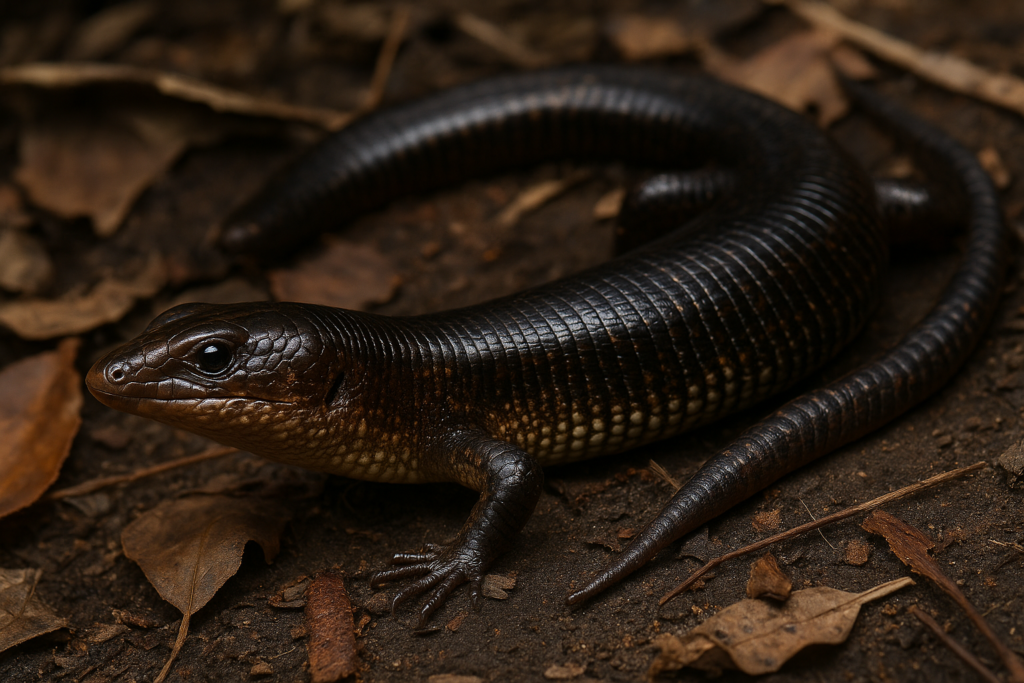
The Jamaican giant galliwasp (Celestus occiduus) was a legendary lizard, long and serpentine, shrouded in folklore. Growing over 18 inches long, it slithered more like a snake than a skink, with shiny overlapping scales and a habit of hiding under rotting logs in the island’s dense lowland forests. It was once common in parts of western Jamaica, where locals both feared and revered it, referring to it as a sign of ancient spirits or bad omens. Despite its name, it wasn’t dangerous, just shy, slow-moving, and highly vulnerable to environmental changes.
The galliwasp’s downfall came with the introduction of the small Indian mongoose in the 19th century. Brought in to control rats on sugar plantations, the mongoose quickly targeted native reptiles and ground-nesting birds. With few defenses and a preference for humid forest floors, C. occiduus all but disappeared within decades. There have been no confirmed sightings since the mid-1800s, and extensive searches throughout the 20th century turned up nothing. It was officially declared extinct in the early 2000s. What makes this loss particularly haunting is how little we truly knew about it: no recorded behavior, no known mating habits, and only a handful of specimens remain in museum drawers, the last whispers of a vanishing island ecosystem.
15. A Giant Earthworm Drowned for a Dam Project
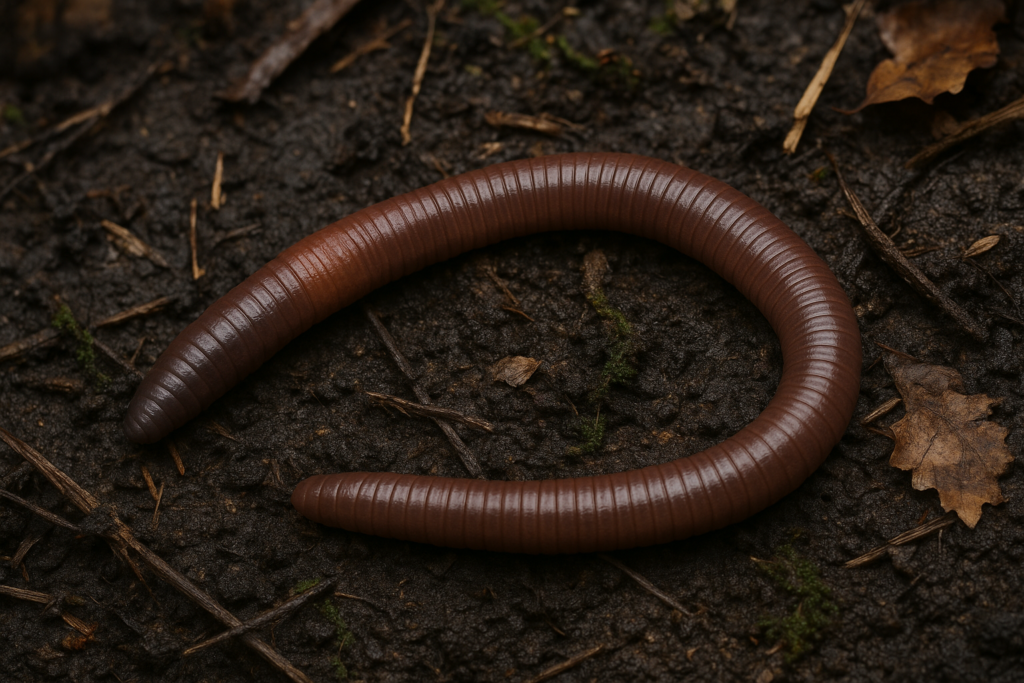
Deep beneath the mossy soils of Tasmania’s Lake Pedder Valley, a creature once wriggled that seemed more myth than invertebrate. The Lake Pedder earthworm (Hypolimnus pedderensis) was a giant among annelids, stretching nearly three feet long and as thick as a garden hose. First described in the 1970s, it lived in moist, acidic peatlands where its tunnels helped aerate the soil and cycle nutrients in one of the island’s most pristine environments.
But its fragile world changed almost overnight. In 1972, Lake Pedder was controversially flooded as part of a hydroelectric scheme, drowning much of the worm’s habitat under meters of water. Scientists attempted to find remnant populations in surrounding bogs and wet woodlands, but none were ever located again. By the 1990s, it was presumed extinct. The Lake Pedder earthworm is a rare example of an invertebrate lost not through slow degradation but by deliberate inundation —a casualty of development that prioritized short-term energy over long-term biodiversity. Its disappearance is a reminder that not all extinction stories come from poaching or pollution; sometimes, they’re planned.
16. This Treehunter Bird Was Gone Before It Was Named
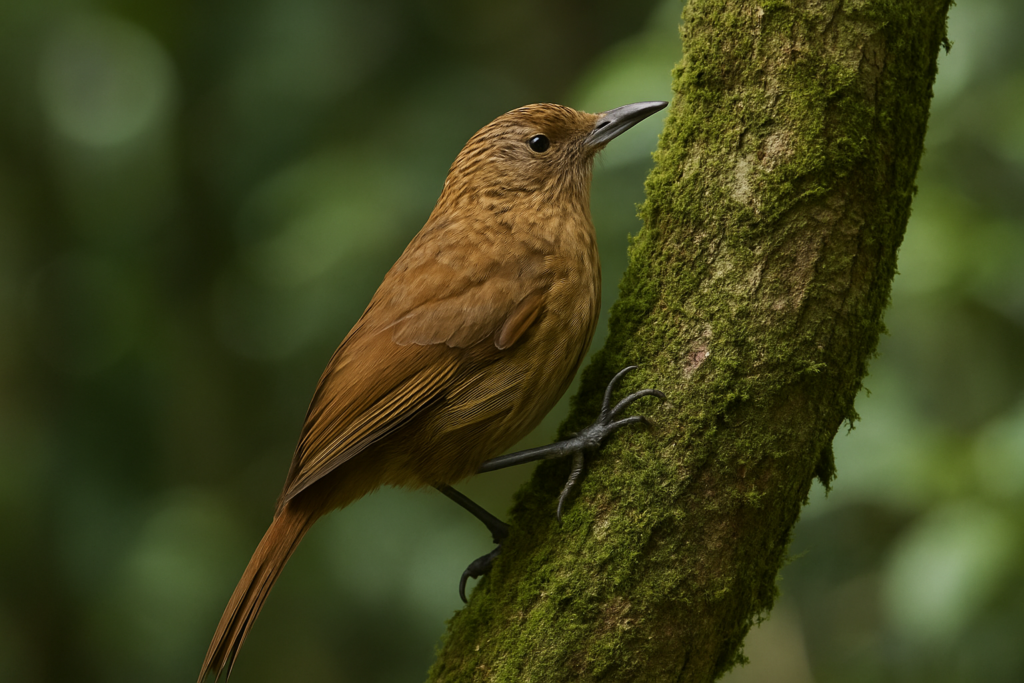
The cryptic treehunter (Cichlocolaptes mazarbarnetti) lived and died among the twisted branches of Brazil’s Atlantic Forest. A medium-sized bird with a streaked chest and curved bill, it was only confirmed as a distinct species in 2014, based on specimens collected decades earlier. By the time ornithologists realized it was something new, it was likely already gone. Only two confirmed individuals have ever been documented, both spotted in the 1980s near Murici in northeastern Brazil, a region now heavily deforested for sugarcane and cattle farming.
What makes the treehunter’s story particularly tragic is how little time science had to catch up. Its secretive habits and remote habitat meant it was barely observed in the wild, and almost nothing is known about its behavior, diet, or calls. When biologists returned to the region in the 2000s to search for it, they found the forest to be severely fragmented and devoid of birds. In 2019, the cryptic treehunter was officially declared extinct. It is one of the few known cases where a bird went extinct after being scientifically described. This is a reminder that even discovery does not guarantee survival, and that naming something is not the same as protecting it.
17. The Yangtze Dolphin Disappeared in Plain Sight
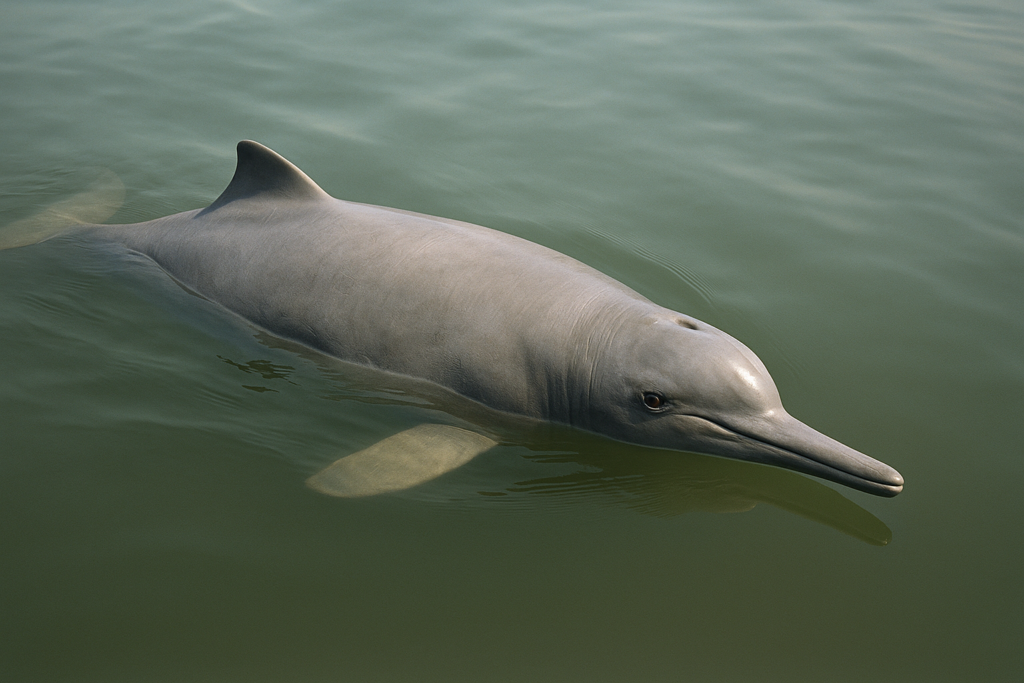
Once called the “Goddess of the Yangtze,” the baiji dolphin (Lipotes vexillifer) was one of only a few freshwater dolphins in the world. For thousands of years, it swam the sediment-rich waters of China’s Yangtze River, using echolocation to navigate and feed in the murky current. Pale gray with a long, narrow beak and gentle expression, the baiji had no natural predators. But by the 20th century, it faced one it couldn’t outmaneuver: humans. Hydroelectric dams, pollution, boat traffic, and fishing gear all contributed to its steep decline. By the 1990s, only a handful of individuals remained.
In 2006, an extensive expedition to locate any surviving baiji came up empty. Researchers scoured the river with sonar and trained eyes, hoping to catch even a glimpse. None appeared. The dolphin was declared functionally extinct, meaning it was unlikely to be playing any role in its ecosystem. Official extinction status came later, but by then it was too late. The baiji is often cited as the first large aquatic mammal to go extinct due to direct human activity. Its disappearance is not just a loss of a species, but a warning about what can happen when conservation is delayed until the last minute.
18. This Hawaiian Bird Sang Its Last Song in 1987
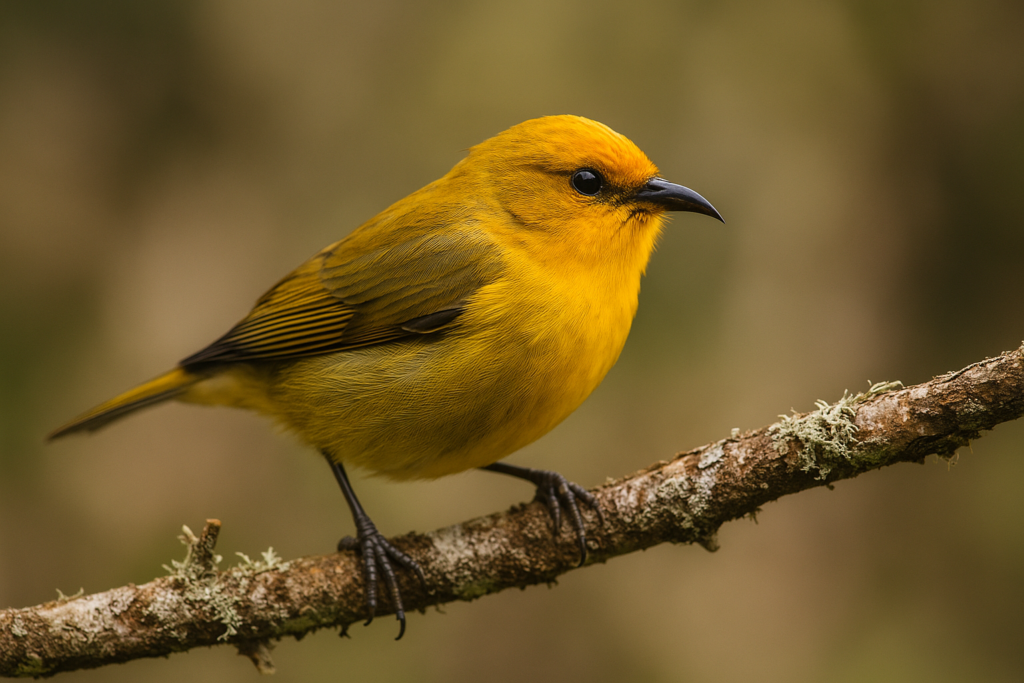
The Kauaʻi ʻōʻō (Moho braccatus) was once heard before it was seen, known for its hauntingly melodic song that echoed through the dense mountain forests of Kauaʻi. With glossy black feathers, yellow thigh tufts, and a sweet, flute-like call, it was one of the most distinctive of Hawaii’s native honeycreepers. But by the late 20th century, its numbers had dwindled to just a few individuals. Habitat loss, mosquito-borne avian diseases, and invasive predators, such as rats and cats, drove the population to the brink.
The last known male Kauaʻi ʻōʻō was recorded calling out in 1987. He sang, but no female ever answered. That audio clip has since gone viral, symbolizing the loneliness of extinction. Despite extensive searches, no birds have been seen since. In 2004, the species was officially declared extinct. Its closest relatives are already gone, too, making the entire Moho genus extinct, a rare and sobering event. The Kauaʻi ʻōʻō didn’t just vanish; it took a whole evolutionary lineage with it, a melodic reminder of how fragile island ecosystems can be.
What We Find—and What We Lose—Tells the Story of Us

Every time a new species is discovered, it reminds us how much of the natural world is still unexplored. And every extinction reminds us how quickly it can vanish. Together, these 36 stories aren’t just scientific milestones; they’re warnings, wonders, and wake-up calls. From jungle floors to ocean trenches, life on Earth is still full of surprises. But only if we care enough to keep looking, and to protect what we find.
This story 18 New Species Discovered This Year—and 18 That Disappeared for Good was first published on Daily Fetch


